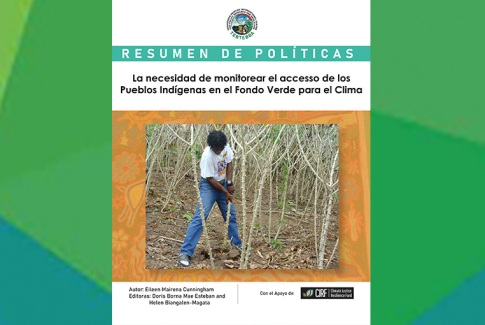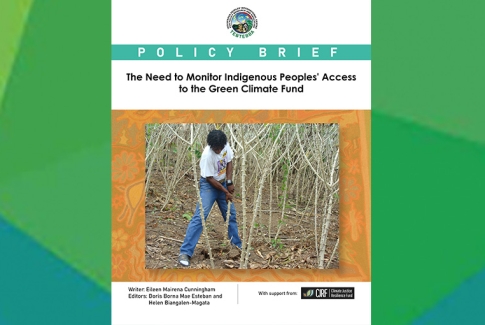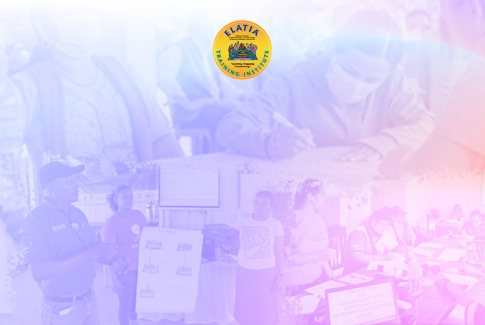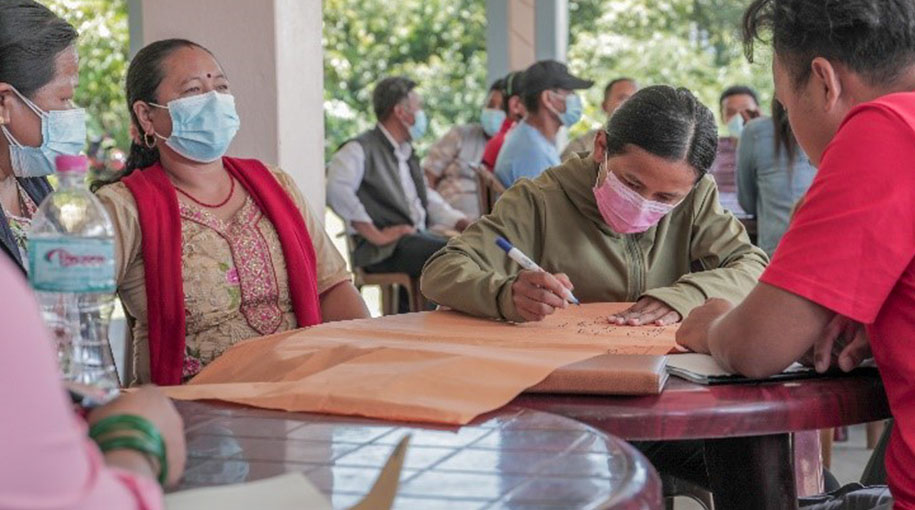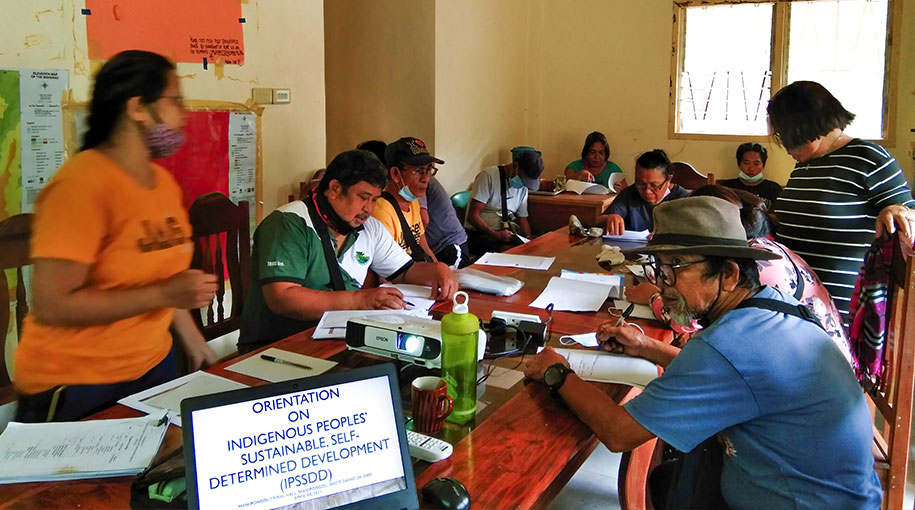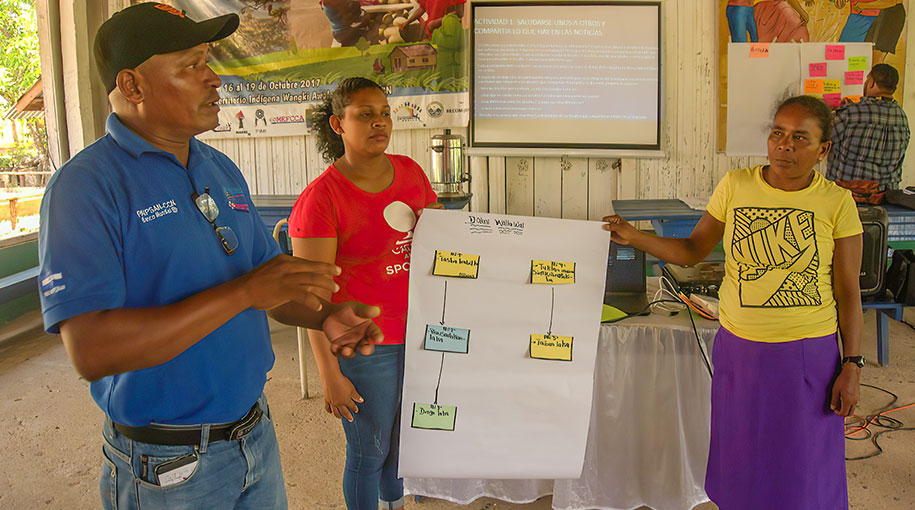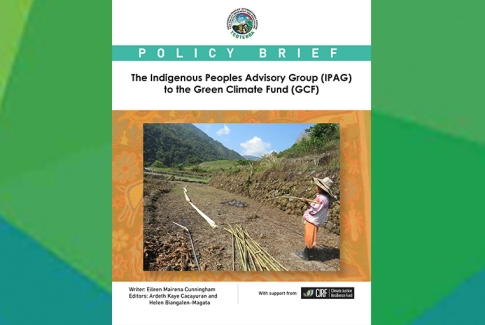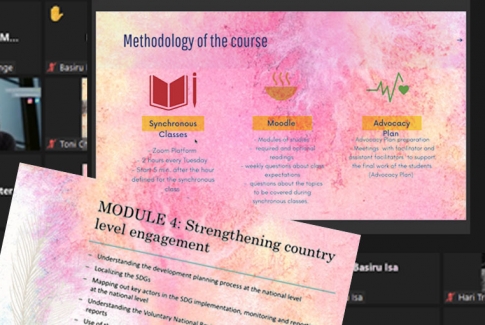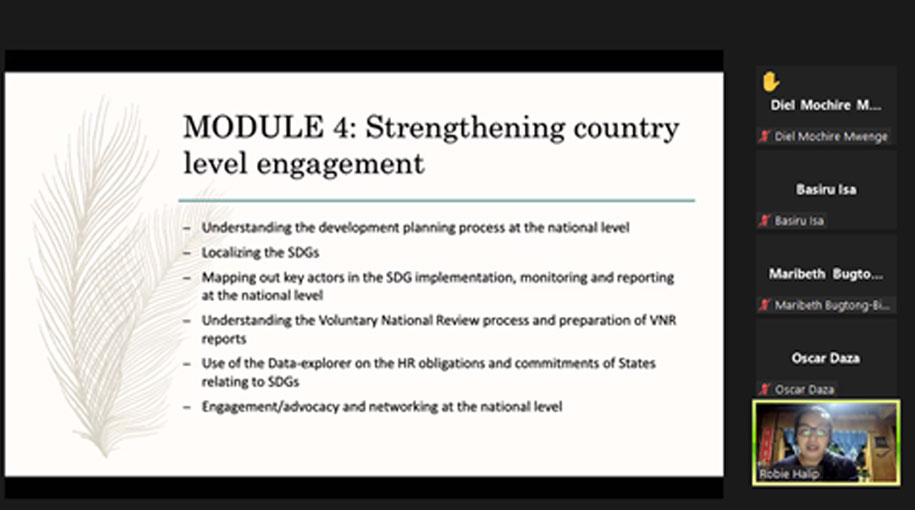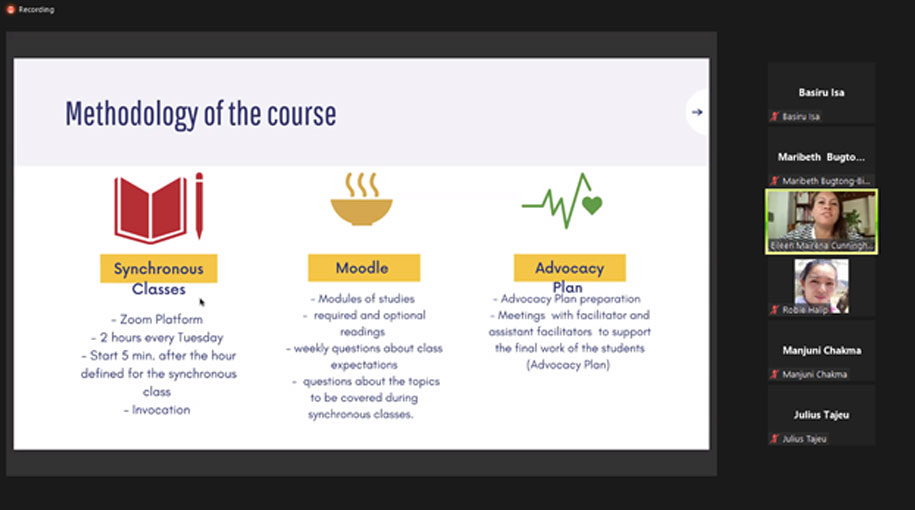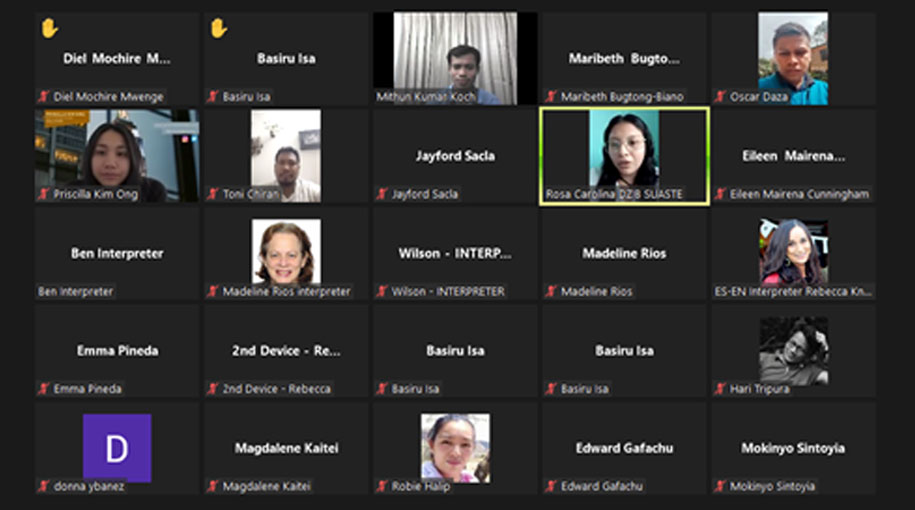Introducción
Las finanzas climáticas y los compromisos alrededor de estas son temas importantes al hablar de la actual crisis ambiental. Las finanzas para las acciones clmáticas suelen generar una serie de discusiones y preguntas que en ocasiones pueden paracer interminables, complicadas y poco transparentes. En la arquitectura financiera global, existen mecanismos especializados de financiamiento. Uno de estos mecanismos financieros es el Fondo Verde para el clima (FVC)[1].
El Fondo Verde para el Clima, tuvo su primera reunión de la Junta Directiva (B.01) en Agosto del 2012 y aprobo su primer proyecto tres años despues en Noviembre del 2015, durante la 11ava reunión de la Junta Directiva (B.11). Esta primera propuesta de financiamiento tiene una significante importancia para los Pueblos Indígenas, ya que se establecia acción en el área del Datem en Perú, en territorios de Pueblos Indígenas y sobre todo levanto una serie de cuestionamientos que tienen relación con el respeto y reconocimiento de los derechos colectivos de los Pueblos Indígenas y sobre todo a la importancia de realizar procesos que integren el consentimiento, libre, previo e informado (CLPI), en toda acción climática que se realice en tierras y territorios indígenas, así como la importancia de el seguimiento y el monitoreo de las acciones del Fondo.
Este primer proyecto del FVC, establecio la pauta para reconocer la importancia de monitorear las finanzas del clima, desde la posición de los Pueblos Indígenas, ya que existe una falta de datos que puedan decirnos cuantos proyectos de acción climática se implementan en tierras y territorios indígenas, pero sobre todo como van a impactar a los Pueblos Indígenas, y como estos son integrados en las acciones.
En Febrero del 2018, el FVC aprobo la Política de Pueblos Indígenas durante su 19ava Reunión de la Junta Directiva, esta política tiene fue la respuesta a las constantes preocupaciones de los Pueblos Indígenas de evitar cualquier impacto negativo en actividades que son financiadas por el Fondo y que apoye los derechos de los Pueblos Indígenas y defina compensación para cualquier daño ineludible que los Pueblos Indígenas podrían sufrir, otro de los objetivos de la política era asegurar que los Pueblos estuvieran completa y efectivamente involucrados en las consultas en todos los niveles, cuando se desarrollen política de los Pueblos Indígenas, proyectos yprograma que puedan beneciarse de actividades del FVC y proyectos en una “manera culturalmente apropiadas”[2].
Son muchos elementos importante para saber si estas acciones estan teniendo un efecto de “hacer el bien” en vez de “no dañar”, y por ello es tan importante el monitoreo de las acciones del Fondo Verde para el Clima, pero sobre todo de las acciones que se desarrollan en nuestras tierras y territorios como Pueblos Indígenas.
-----
[1] Fondo Verde para el Clima (FVC) que fue definido durante la COP 16 en Cancún las partes establecieron que el FVC era la entidad operativa del mecanismo financiero de la Convención. Y los países en desarrollo se comprometieron a mobilizar 100 mil millones de dólares a partir del año 2020.
[2] An Indigenous Peoples toolkit on the green climate fund indigenous peoples´ policy (2020) Tebtebba Foundation ver en: https://www.tebtebba.org/index.php/component/fileman/?view=file&routed=1&name=IP%20Toolkit%20on%20GCF%20and%20the%20IP%20Policy%20%28English%29.pdf&container=fileman-attachments


